
Like chaffed nipples, blisters, choking down your first energy gel and picking up your first 5km medal, buying a running watch is a runner’s rite of passage. Upgrading from that freebie app on your smartphone to a proper piece of run-tracking tech is a sure-fire sign you’re graduating from jogger to bona fide runner. But with so many different options how do you know which shiny track star is the right one for you?
Unbound’s fitness tech expert Kieran Alger is here with eight soul-searching questions to ask yourself when you’re on the hunt for your perfect training partner.
1. What are my running goals?
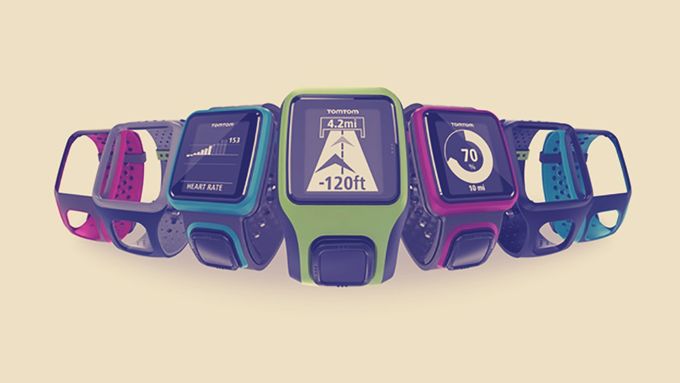
The choice of running watches varies wildly, from tools that’ll just log your time, distance and pace, to those that’ll help improve your cadence and even reveal how much time your feet spend in contact with the ground. So it’s important to consider your running ambitions. Are you aiming to beat Mo Farah in the 10,000 metres at the Rio Olympics? Or are you just content to get out for a few casual jogs every week?
Don’t just think about where you are right now, consider where you want to be in a year’s time.
Don’t just think about where you are right now, consider where you want to be in a year’s time. It’s better to buy a watch with features you can grow into than having to fork out for a new one when you realise you’re actually bloody brilliant at this running lark.
Try these: Marathon personal best chasers should take a look at the Garmin Forerunner 620 or the TomTom Runner Cardio while for the Couch-to-5k Crew, the Garmin Forerunner 15 is well worth a look.
2. Do I want to get in the zone?
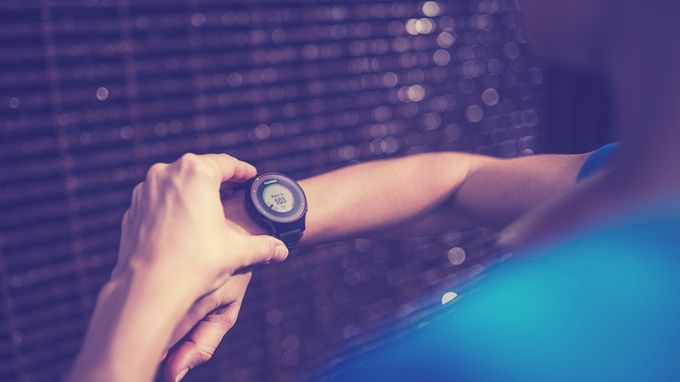
Heart rate tracking can be a great way to ensure your training is hitting the right intensity. But opting for a watch that has either built-in heart rate sensors or a chest strap option will hit your wallet a little harder. So it pays to think about whether it’s a feature you really need.
Accuracy, comfort and convenience are also things to think about.
If knowing your fat burn from your threshold sessions is important, then go for a watch that tracks your heart’s BPM in real time and offers zone training features. Accuracy, comfort and convenience are also things to think about. A lot of people aren’t fans of sweaty chest straps but they tend to offer more accurate stats than the wrist-based alternatives.
Try these: The Polar M400 is a brilliant chest strap option while the new Garmin Forerunner 225 is well worth a look for those who prefer to go strapless.
3. What’s my budget?
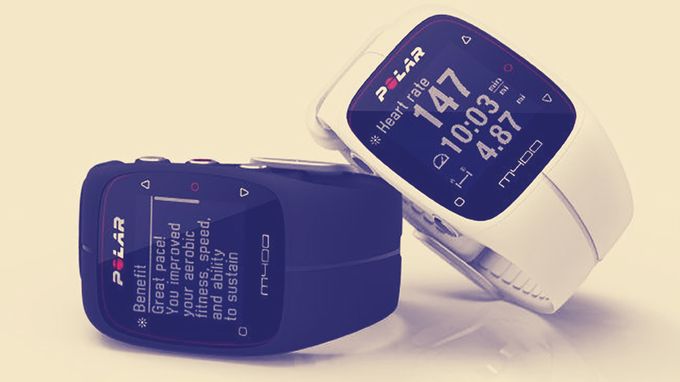
Just like working out what running shoes to buy, it’s important to remember that expensive isn’t always best. Running watches range from anywhere between £50 and £500 and while it’s loosely the case that the more you spend, the more features you get, that doesn’t mean shelling out guarantees a watch that’s right for you.
There’s a lot to be said for the simplicity of a watch that does half a dozen important things really well over a complicated beast that forces you to spend more time lost in the menus than actually running.
Try these: The Polar M400 and the TomTom Runner hit the sweet spot, with a great feature set that’s easy to use.
4. Will I be hitting the treadmill?

If you take your running indoors at any point then you should look for a watch that comes with an accelerometer for tracking indoor runs. For added accuracy, opt for a watch that lets you use the GPS on your outdoor runs to calibrate the indoor tracking. This will ensure that you get better distance and pace insights next time you hit the treadmill. The better watches will also use the accelerometer to plug the gaps should you lose your GPS link.
Try these: The TomTom Runner Cardio, the Garmin Vivoactive and the Moov Now all do indoor and outdoor tracking.
5. Do you swim-bike and run?
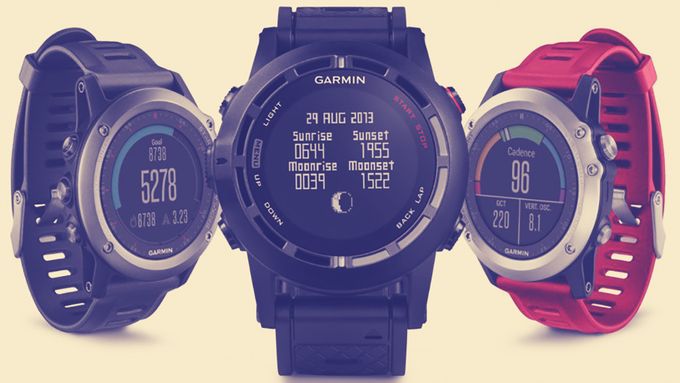
If you’re one of those people who likes two wheels and Speedos as much as pounding the pavements then you’ll want to head straight for the multi-sport watches. These tend to be slightly pricier but are loaded with lots more features.
If you already own other peripherals like cycle power meters, cadence sensors (which measure the amount of forward movements you’re making), you’ll want to make sure they’re compatible. Check out whether your add ons and your watch support ANT+ or Bluetooth, or both.
Try these: TomTom Cardio Multisport, Polar V800 and the Garmin Fenix 3 are very capable triathlon-friendly watches with special skills in the water and on two wheels.
6. Do I want advice on recovery?
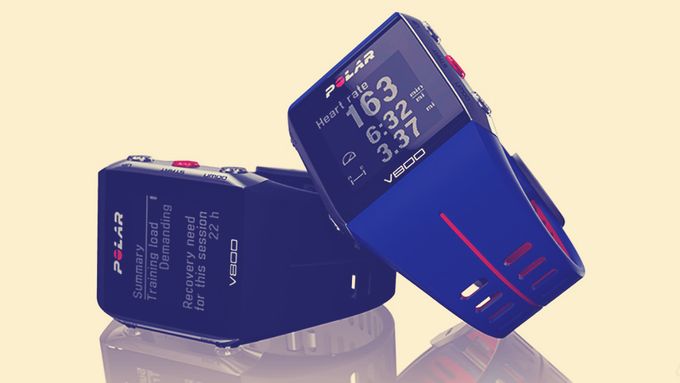
This one’s probably more important for serious runners than it is for the weekend joggers out there, but there are new watches that don’t just track your runs but also give post-run advice such as how long your body will need to recover from your recent session.
You can get an instant read out on the watch after your session or monitor the build up of your training load using the partner web tools. Both offer very useful insights to help avoid over training and ward off potential injury.
Try these: The Polar V800 and the Garmin Forerunner 620 both offer immediate post-run recommendations of how long to rest before you lace up again.
7. How much time will you spend drooling over data?

Speaking of web tools, it’s worth considering how much time you plan to spend digging into your running data. If you’re the kind of person who plans to get stuck into some serious analysis to get those marginal gains, then it’s worth downloading the app and the web tools before you splash out.
The quality of the partner apps can be a deal breaker.
The quality of the partner apps can be a deal breaker. Some people love Garmin Connect, some people hate it. The TomTom web tools are unfortunately very limited while Polar Flow might be a bit too in-depth.
You might also want to consider whether your can fire your running watch data into any existing apps you use. For example, Garmin devices automatically sync with Strava meaning you can still make the most of all the great social functions that come with that excellent app.
Try these: It’s very much a matter of taste but the most capable combos of app and web tools are Garmin, Polar, Adidas miCoach and Nike+.
8. Does it offer wireless syncing over Bluetooth or WiFi?
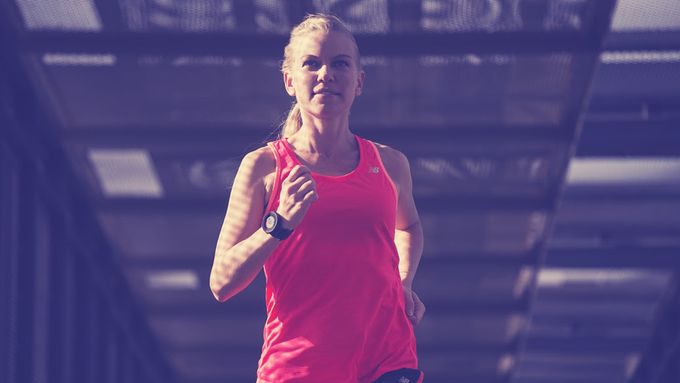
Ask any runner who’s ever spent an hour trying to first find their ANT+ dongle USB widget thing and then plug it in to sync their data via their laptop and and they’ll tell you that wireless WiFi or Bluetooth data sharing via a smartphone is definitely the way forward.
Try these: The Garmin Forerunner 620 can be set up to automatically sync the moment your sweaty feet step back into your chosen Wi-Fi network.
